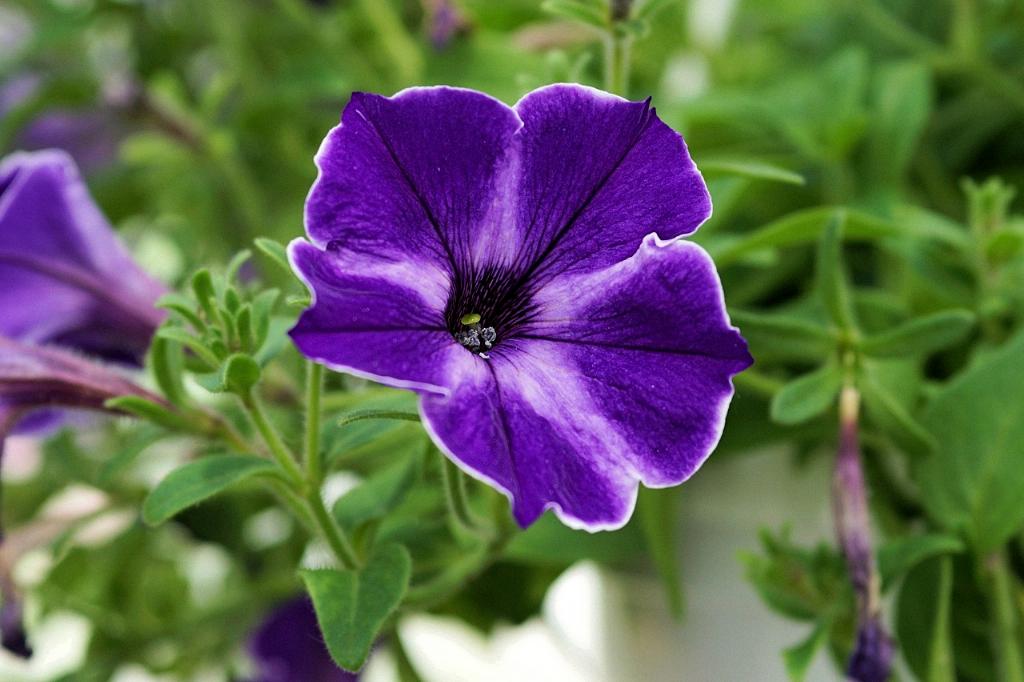So, you’ve got your petunias planted in the garden, but you’re not seeing those vibrant blooms you were hoping for. It can be frustrating when your petunias aren’t flowering as expected, but fear not, there are several factors that may be contributing to this issue.
First and foremost, sunlight plays a crucial role in the blooming of petunias. These sun-loving plants require at least 6 hours of direct sunlight daily to thrive and produce flowers. If your petunias are not receiving adequate sunlight, they may not bloom as abundantly as you’d like.
Another essential factor to consider is watering. Petunias prefer consistently moist soil, but they don’t like to sit in waterlogged conditions. Overwatering can lead to root rot and hinder the plant’s ability to bloom. On the other hand, underwatering can also stress the plant and affect its flowering capabilities.
Fertilization is key to promoting flower production in petunias. These plants are heavy feeders and benefit from regular fertilization throughout the growing season. A balanced fertilizer formulated for flowering plants can provide the nutrients necessary for robust blooms.
Pruning your petunias can also encourage new growth and flowering. Deadheading, or removing spent blooms, not only keeps your plants looking tidy but also redirects energy towards producing new flowers. Additionally, a light trim can help stimulate branching and lead to more blooms.
Pests and diseases can also impact the blooming of petunias. Keep an eye out for common pests like aphids, spider mites, and caterpillars, as well as diseases such as powdery mildew and botrytis. Addressing these issues promptly can prevent them from affecting flower production.
Temperature fluctuations can affect the blooming of petunias, especially if exposed to extreme heat or cold. Petunias thrive in moderate temperatures and may struggle to bloom during periods of stress caused by weather fluctuations.
Soil quality is another crucial factor to consider. Petunias prefer well-draining, fertile soil rich in organic matter. Poor soil quality can hinder root development and nutrient uptake, impacting the plant’s ability to produce flowers.
Choosing the right variety of petunias for your climate and growing conditions is essential. Some petunia cultivars are more tolerant of heat, cold, or shade, so selecting the appropriate variety can increase your chances of successful blooming.
Overcrowding can also inhibit flower production in petunias. Proper spacing between plants allows for adequate airflow and light penetration, promoting healthy growth and blooming. Thin out overcrowded areas to optimize blooming potential.
Lastly, consider the age of your petunia plants. Older plants may naturally produce fewer blooms over time, as their energy is redirected towards other growth processes. If your petunias are mature, you may need to rejuvenate them through pruning and fertilization.
In conclusion, a combination of factors such as sunlight, watering, fertilization, pruning, pest control, temperature, soil quality, plant variety, spacing, and plant age can all influence the blooming of petunias. By addressing these factors and providing proper care, you can maximize the blooming potential of your petunias and enjoy a colorful display in your garden.

